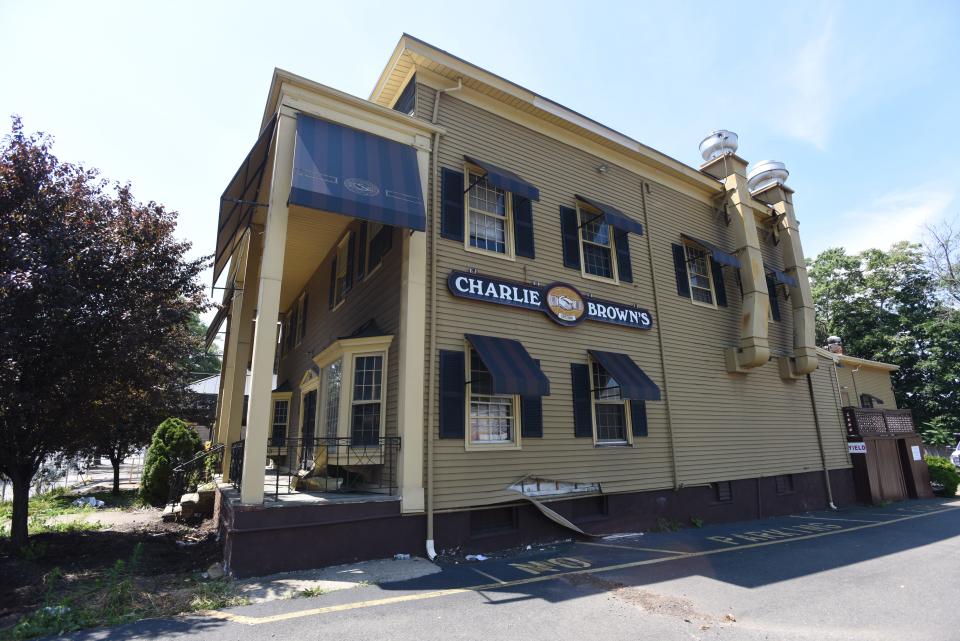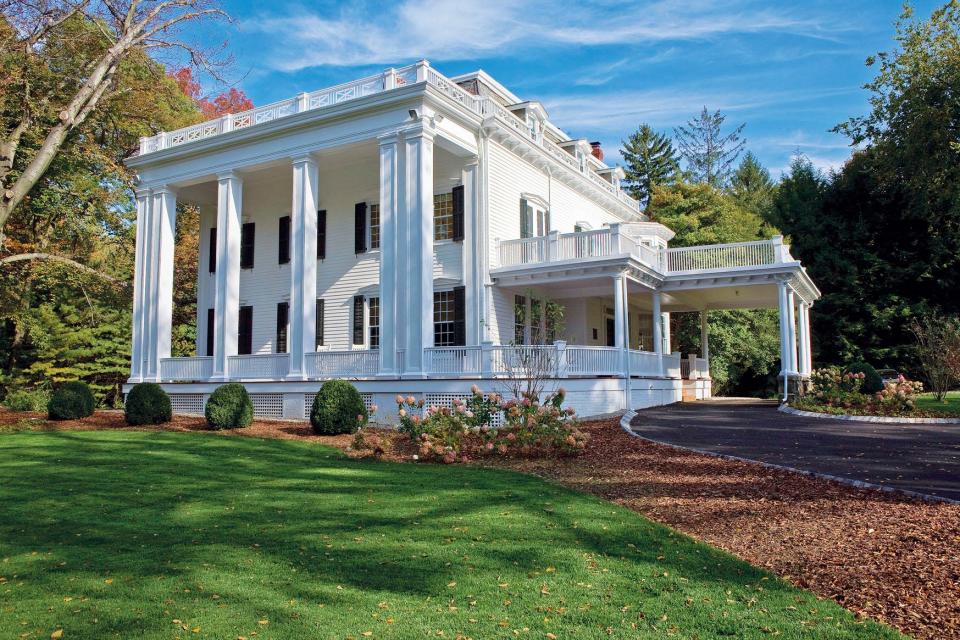NJ history: 1880 Tenafly woman helped others shatter ceilings
- Oops!Something went wrong.Please try again later.
- Oops!Something went wrong.Please try again later.
When a carriage adorned with flags rolled up to Elizabeth Cady Stanton’s Tenafly home, she knew it wasn’t meant for her — it was meant for the men going to vote on Election Day.
It was Nov. 2, 1880, and Stanton was primed for a power play.
She climbed into the carriage. After all, she owned the homestead, paid the taxes, was of sound mind and old enough to vote. She also held a ballot in her hand.
Upon arrival at the voting hall in Tenafly, the election officials — all men — urged her to desist. One held a bible to block the ballot box, lest Stanton’s grip break loose as she gesticulated to protest inequality.
“Stanton then made an argument that would have melted anything but a judge of election,” reported the Camden County Courier.
Her ballot never made it into the box. But Stanton had made her point.
“We had great fun frightening and muddling these old Dutch inspectors,” she wrote to her son, Theodore, later that day. “The whole town is agape with my act. A friend says he never saw Tenafly in such excitement.”
Her attempt to vote was more theatrical than past efforts by other leaders in the early women's rights movement, including her contemporary, Susan B. Anthony. Still, what Stanton did intellectually throughout her life made her significant, said Lori Ginzberg, a professor of history and women’s studies at Penn State University.
Born in the manufacturing town of Johnstown, New York, in November 1815, Stanton was among the first generation of American women able to attend college and live an independent life. She could not vote, serve on juries or own property as a man could, however. That gender inequality became something she worked her entire life to correct.

Stanton grew up privileged. The daughter of lawyer, judge, one-term congressman and slave owner Daniel Cady, she grew to fame in 1848, when she lobbied for women’s suffrage at the Woman’s Rights Convention in Seneca Falls, New York. The only African American present at the gathering, Frederick Douglass, endorsed her cause.
The fellowship wasn’t reciprocated by Stanton.
Though venerated for her inclusivity today - Stanton now has a statue in Central Park - she opposed voting rights for Black men if white women remained excluded, records show. She accepted endorsements and payments from George Francis Train, a presidential candidate who had the racist slogan, “Woman first and Negro last is my program.”
Stanton made wild, unsubstantiated claims that Anglo-Saxons were the "best orders of manhood." She denigrated migrants and former slaves to promote the rights of white women to vote.

“Think of Patrick and Sambo and Hans and Yung Tung, who do not know the difference between a monarchy and a republic, who cannot read the Declaration of Independence or Webster's spelling-book, making laws for Lucretia Mott, Ernestine L. Rose, and Anna E. Dickinson," she said in in 1869.
Even when her arguments were far off the mark, her delivery was typically on point. In March 1860, when she was in Albany pushing New York State legislators to allow women into the elective franchise, her magniloquence buried her convoluted message of equality. The New York Times reported that “she talked earnestly of women’s sufferings, sweetly of her endurance, eloquently of her rights. She carried the conviction that she was not asking more than policy as well as justice demanded should be conceded,” it wrote.
Known for her convictions, Stanton documented many of them in a collection of essays, articles and speeches. It was at her stately home in Tenafly where she collaborated with Anthony on the first volumes of the History of Woman Suffrage anthology. The home, a National Historic Landmark built in 1868, is remarkably well-maintained. Its private owners have been honored by the local historical society for their preservation efforts.
In 1882, Stanton's biography was featured in W. Woodford Clayton’s 1882 History of Bergen and Passaic Counties. Of the 185 biographical briefs in the anthology, hers was the only one written about a woman.
Stanton died two decades later, in October 1902 at the age of 86. In 2014, she was inducted into the New Jersey Hall of Fame.
David Zimmer is a local reporter for NorthJersey.com. For unlimited access to the most important news from your local community, please subscribe or activate your digital account today.
Email: zimmer@northjersey.com Twitter: @dzimmernews
This article originally appeared on NorthJersey.com: NJ history: 1880 Tenafly woman helped others shatter ceilings

